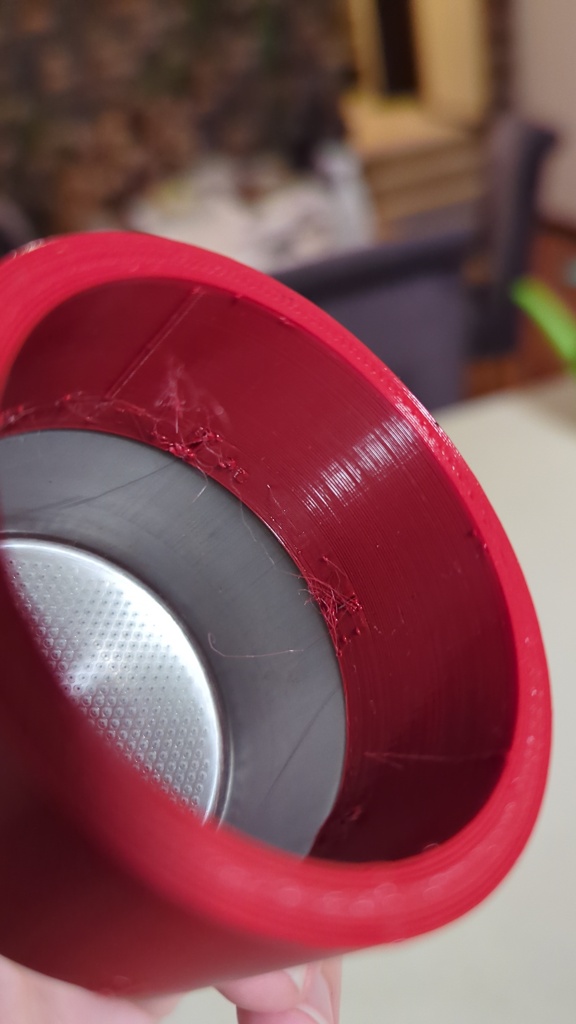view the rest of the comments
3DPrinting
3DPrinting is a place where makers of all skill levels and walks of life can learn about and discuss 3D printing and development of 3D printed parts and devices.
The r/functionalprint community is now located at: or !functionalprint@fedia.io
There are CAD communities available at: !cad@lemmy.world or !freecad@lemmy.ml
Rules
-
No bigotry - including racism, sexism, ableism, homophobia, transphobia, or xenophobia. Code of Conduct.
-
Be respectful, especially when disagreeing. Everyone should feel welcome here.
-
No porn (NSFW prints are acceptable but must be marked NSFW)
-
No Ads / Spamming / Guerrilla Marketing
-
Do not create links to reddit
-
If you see an issue please flag it
-
No guns
-
No injury gore posts
If you need an easy way to host pictures, https://catbox.moe may be an option. Be ethical about what you post and donate if you are able or use this a lot. It is just an individual hosting content, not a company. The image embedding syntax for Lemmy is 
Moderation policy: Light, mostly invisible


It’s interesting that previously you said bacteria and now you say plastic. You know a lot, so enlighten the rest of us. What’s the concern here? As others have pointed out, coffee hoppers are rarely cleaned by most people, and this never gets wet and mostly handles dry whole beans with a little bit of dry bean dust. PLA is theoretically food safe as a material itself (and used in plastic utensils and containers). What are we missing? Please explain thoroughly in a single long post, not a quip because too many of us aren’t understanding from short quips.
Why should I? So I get even more combative comments from people that don't know anything and go "nu uuuh I have done this and I'm fine"?
First of all, I didn't say "bacteria" only. I said that there is a difference between injection molding food safe plastics, and 3d printing them. The difference is huge in the terms of surface quality, with a 3d prints' layerlines being a great place for bacteria to form. And you don't need to put wet stuff into it, to make it form bacteria. Simply put, injection molding makes a uniform surface - by the design of the process, during injection the plastic gets squished to the walls of the mold, with incredible pressure (700kgf on some "hobby" machines, like the Buster Beagle, imagine what a real, few tonne press can do). The process of 3d printing naturally lacks that, leading to a porous end result.
The process of 3d printing introduces contaminates into the plastic. The hotend is basically a huge chemical hazard. Especially if you don't just print PLA. No amount of cleaning it can change that - burnt bits of plastic, especially on brass, are impossible to remove.
The process of printing also coats the model with tiny particles of plastic that are simply harmful to you when ingested.
Add in the fact, that PLA has other additives that are not food safe, and that you need an actual, certified roll to be "food safe". Most colorings aren't that. Most strength additives aren't that.
Overall there are countless reasons to keep 3d printing away from your kitchen. It's not "going to be fine", it's a health hazard.
I'll repeat myself for a third time, and stop replying to angry people here - you do you. I wanted to warn people who might not know the risk, who are not in the plastics business. I'm not here to engage in discussions on how to bend health and safety for a project that is not worth it.